Ask AI on The Internet
Question: Use the simplified lesson plan template to plan a mock lesson for Grade R where you will use the DAILY PROGRAMME displayed in the classroom, to teach the concept of time according to CAPS. In your mock lesson plan, include pictures (in the space provided at the bottom of the template) to show the sequence of events as they happen every day
### Simplified Lesson Plan Template --- **Subject/Skill Area:** Life Skills **Grade:** R (Reception) **Topic:** Understanding the Concept of Time **Concept/Content:** Using the DAILY PROGRAMME to understand the sequence of events and the concept of time. **Duration:** 30 minutes --- **Objectives:** 1. Learners will be able to recognize and recall the daily schedule. 2. Learners will understand the concept of the sequence of events. 3. Learners will relate daily activities to specific times of the day (morning, afternoon). --- **Introduction (5 minutes):** - Greet the students and gather them in a circle on the carpet. - Show the DAILY PROGRAMME displayed in the classroom. "Good morning, children! Today, we are going to learn about the different times of the day and what happens at each time. Look at our DAILY PROGRAMME on the board. Do you know what time we start school every day?" --- **Lesson Development (15 minutes):** 1. **Activity Discussion (5 minutes):** - Point to the first activity on the DAILY PROGRAMME. - Ask the children to identify it (e.g., "Morning Circle Time"). - Discuss what happens during Morning Circle Time and what part of the day it occurs (morning). "This is when we greet each other and talk about the day. Can you tell me what time of day this is?" 2. **Interactive Sequencing (5 minutes):** - Use laminated picture cards depicting different events of the day (e.g., Morning Circle, Break Time, Lunch, Story Time). - Ask students to help put the picture cards in order on the board according to the DAILY PROGRAMME. "Let's put these pictures in the same order as our daily schedule. Which one comes first, and which one comes next?" 3. **Relating Time to Activities (5 minutes):** - Discuss the specific times of the day (morning, afternoon) associated with each activity. - Have students point to the clock or a representation of it as you mention what activity happens at a specific time. "In the morning, we have our circle time, and then we have our break. In the afternoon, after lunch, we have story time. Can someone show me when morning ends and afternoon begins?" --- **Conclusion (5 minutes):** - Recap the sequence by going through the DAILY PROGRAMME once more. - Praise the students for their participation and understanding. "Great job today, everyone! Now you know what happens at different times of the day in our classroom. You helped put all the events in order. Well done!" --- **Assessment:** - Observe student participation and ability to sequence events. - Ask a few students to recall the order of events or identify times when specific activities happen. --- **Materials Needed:** - DAILY PROGRAMME chart displayed in the classroom. - Laminated picture cards of daily activities. - A clock or time representation chart. --- **Pictures:** (Sequence of events illustrations to be placed here) 1. **Morning Circle Time:**  2. **Break Time:**  3. **Lunch Time:**  4. **Story Time:**  --- Make sure you print or display appropriate images in your actual lesson to cater to visual learning. --- By using this sequence, you can make the concept of time engaging and easy to understand for Grade R students.
Think your answer is better than the AI's? Post it below.
Question Tags
If you want your question answered by an AI, click here.
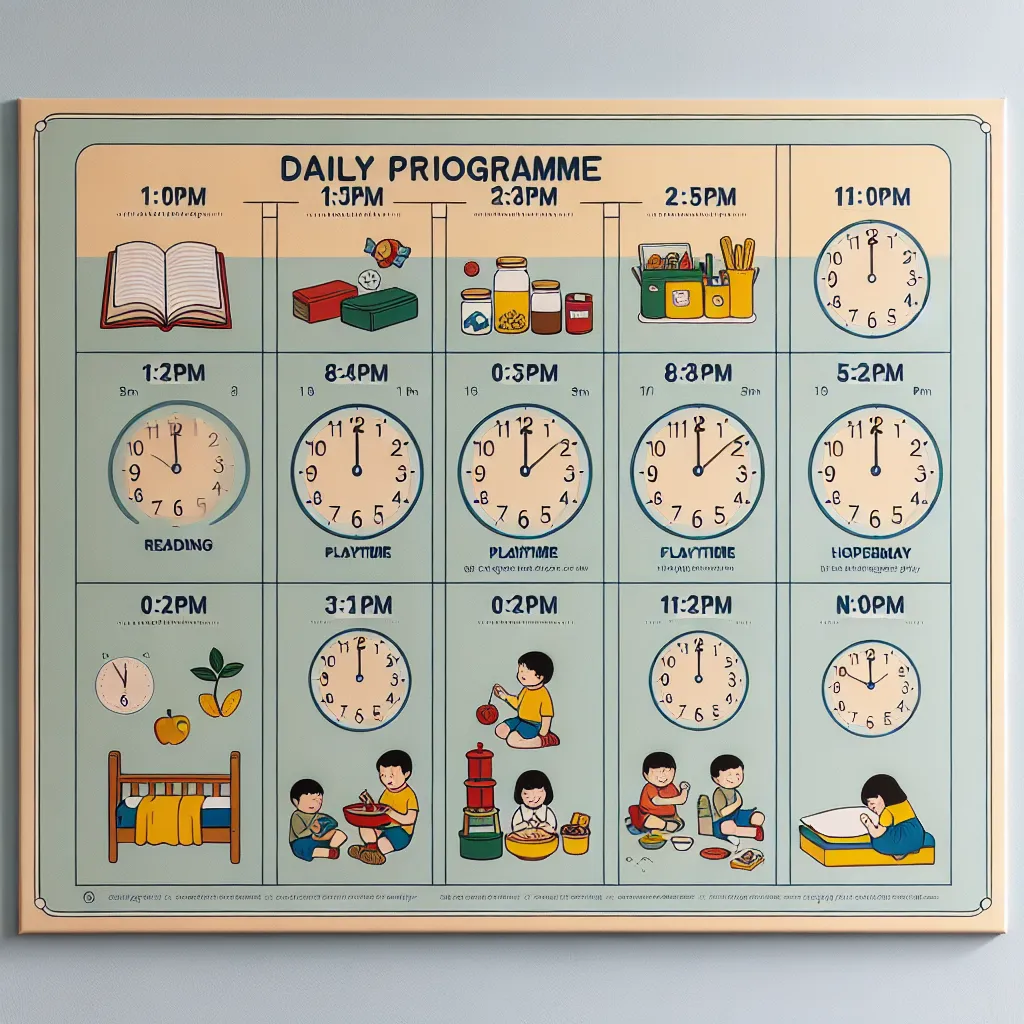
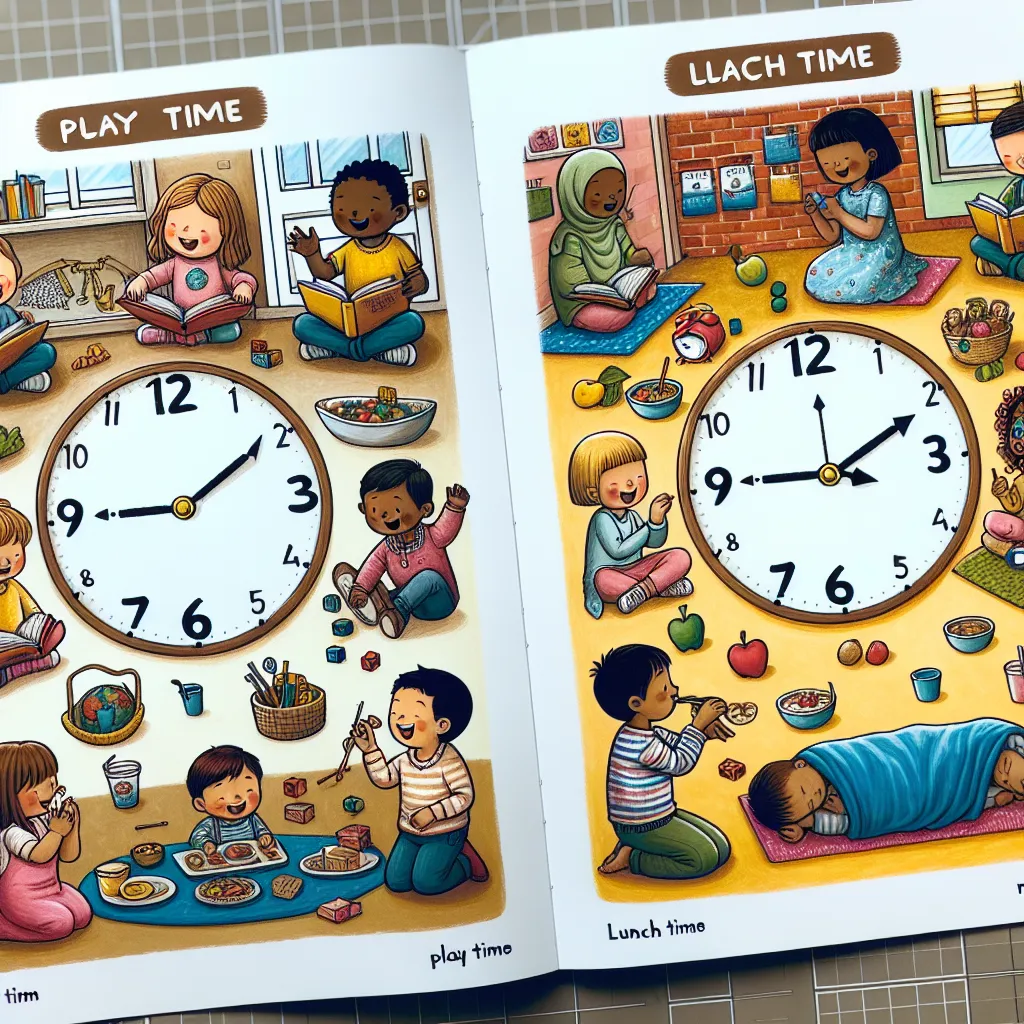
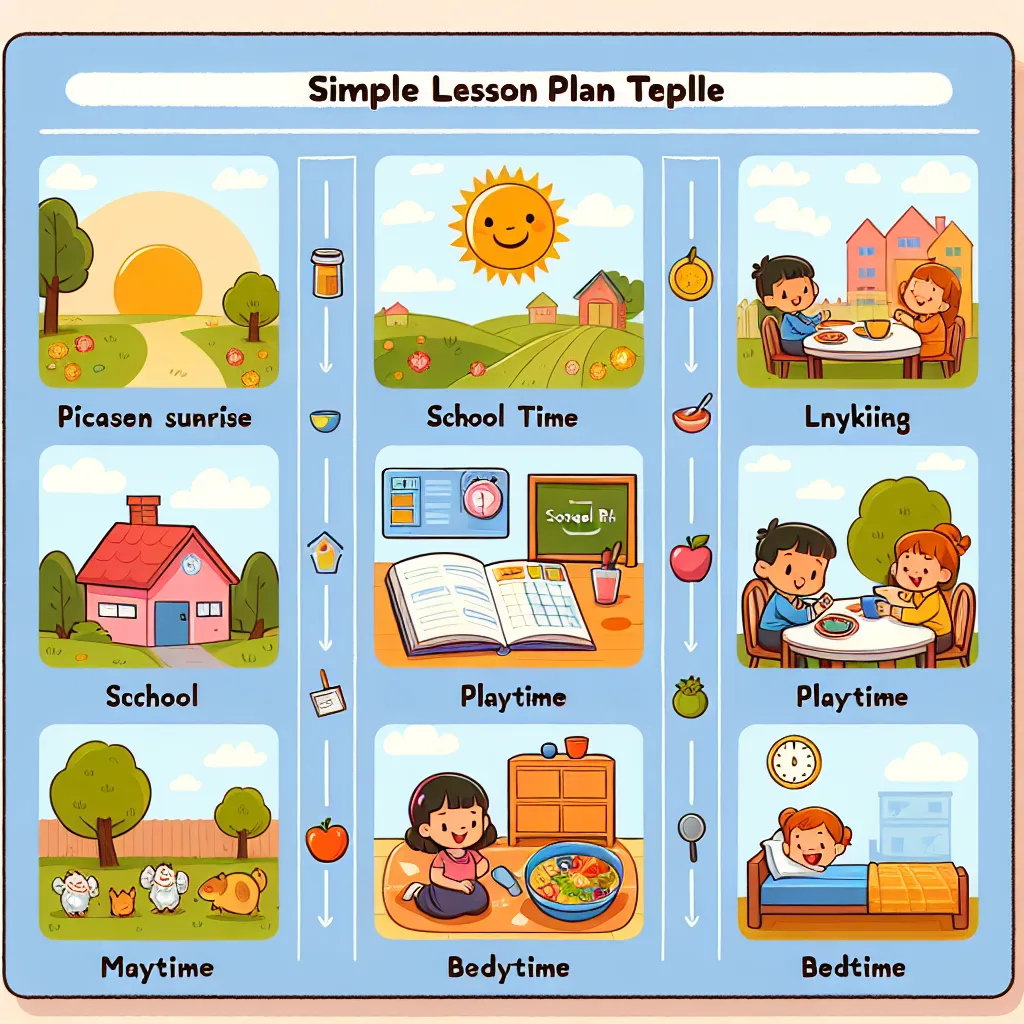
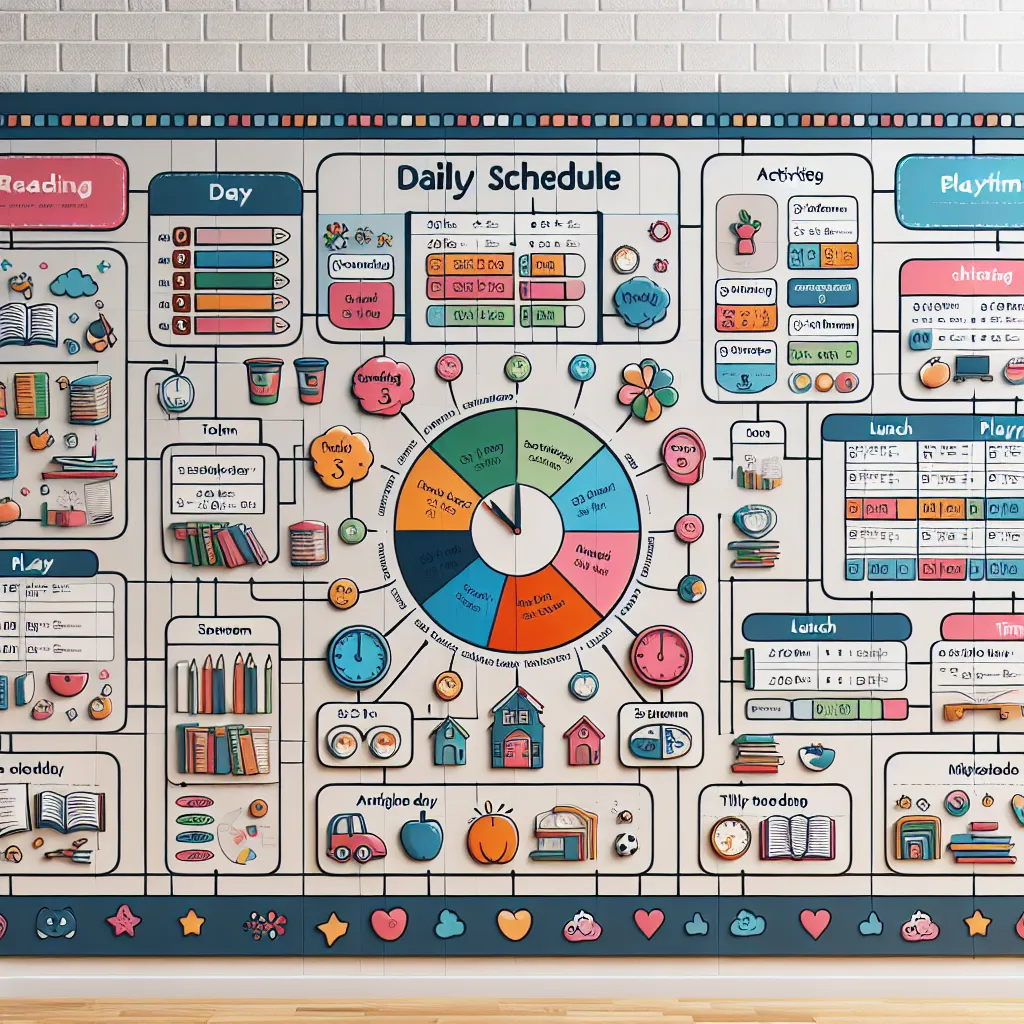


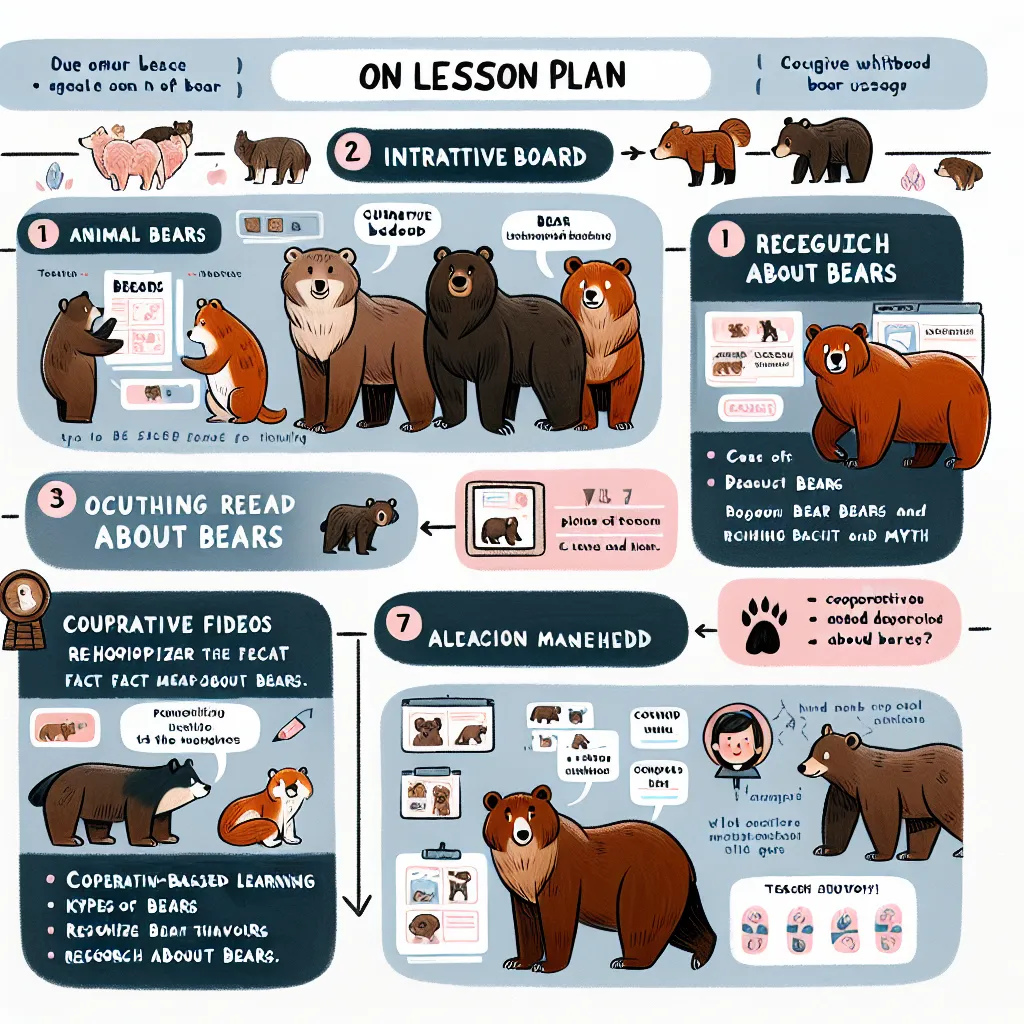
Post your own comment: